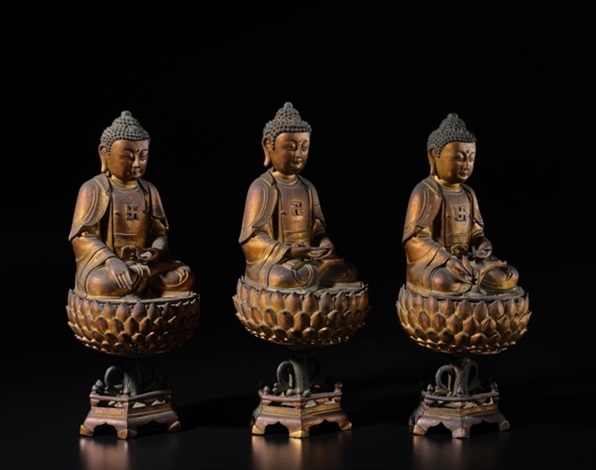

Can I see historical conversion rates for INR to CAD? Yes, you can convert over 120 global currencies to Canadian Dollars using the ValutaFX currency converter. The highest Indian Rupee to Canadian Dollars exchange rate in the last 5 years was 0.0195 Canadian Dollars per Indian Rupee on Tuesday, January 01, 2019. What is the highest INR to CAD rate in the last 5 years? The current exchange rate between the Indian Rupee and the Canadian Dollar is 1 INR = 0.0163 CAD. What is the current exchange rate between INR and CAD? In the last 5 years, the Indian Rupee has depreciated -16.69% relative to the Canadian Dollar. The Indian Rupee is weaker than the Canadian Dollar at this time. If you execute a trade from Indian Rupees to Canadian Dollars late in the week, please bear in mind that the trade might not settle until the following week. However, between 3-4 PM GMT is often a good time if you want to convert Indian Rupees to Canadian Dollars because trading volumes tend to be highest at this time. What time of the day is best for INR to CAD conversions?Ĭurrency pairs are traded throughout the day, and consequently, their values can fluctuate constantly. In the last 5 years, the Canadian Dollar reached a high of 62.566 Indian Rupees to one Canadian Dollar on Thursday, July 13, 2023. When was the Canadian Dollar at its highest compared the Indian Rupee in the last 5 years? What is ₹100 in Canadian Dollars?ġ00 Indian Rupees = 1.6277 Canadian Dollars as of Sunday, Septem11:50 PM UTC.
Canada currency converter to indian rupees free#
You can get live exchange rates between Indian Rupees and Canadian Dollars using the ValutaFX free online currency converter.

In November of the same year, the Reserve Bank of India began issuing ₹ 2000 denomination banknotes in the Mahatma Gandhi (New) Series.INR to CAD Converter - FAQs What is the value of one Indian Rupee in Canadian Dollars?ġ Indian Rupee = 0.0163 Canadian Dollars as of Sunday, Septem11:50 PM UTC. The removal of the denominations is an attempt to stop corruption and illegal cash holdings. In 2016, the Rs 500 and Rs 1,000 ceased to be legal tender in India. India adopted a decimalization system in 1957. The Indian Rupee was adopted as the country's sole currency, and the use of other domestic coinage was removed from circulation.
Canada currency converter to indian rupees series#
That same year, the Victoria Portrait series of notes was issued in honor of Queen Victoria, and remained in use for approximately 50 years.Īfter gaining its independence in 1947 and becoming a republic in 1950, India's modern Rupee (INR) was changed back to the design of the signature coin. In 1866, financial establishments collapsed and control of paper money was shifted to the British government, with the presidency banks being dismantled a year later. Although India was a colony of Britain, it never adopted the Pound Sterling. In 1825, British India adopted a silver standard system based on the Rupee and was used until the late 20th century. The states of pre-colonial India minted their coins with a similar design to the silver Rupee with variations depending on their region of origin. During the Mughal period, a unified monetary system was established and the silver Rupayya or Rupee was introduced. By the 12th century a new currency referred to as Tanka was introduced.

India's coinage designs frequently changed over the next few centuries as various empires rose and fell. India was one of the first issuers of coins, circa 6th Century BC, with the first documented coins being called 'punch-marked' coins because of the way they were manufactured. As such, intervention is used only to maintain low volatility in exchange rates. The INR is a managed float, allowing the market to determine the exchange rate. The central bank in India is called the Reserve Bank of India.


 0 kommentar(er)
0 kommentar(er)
